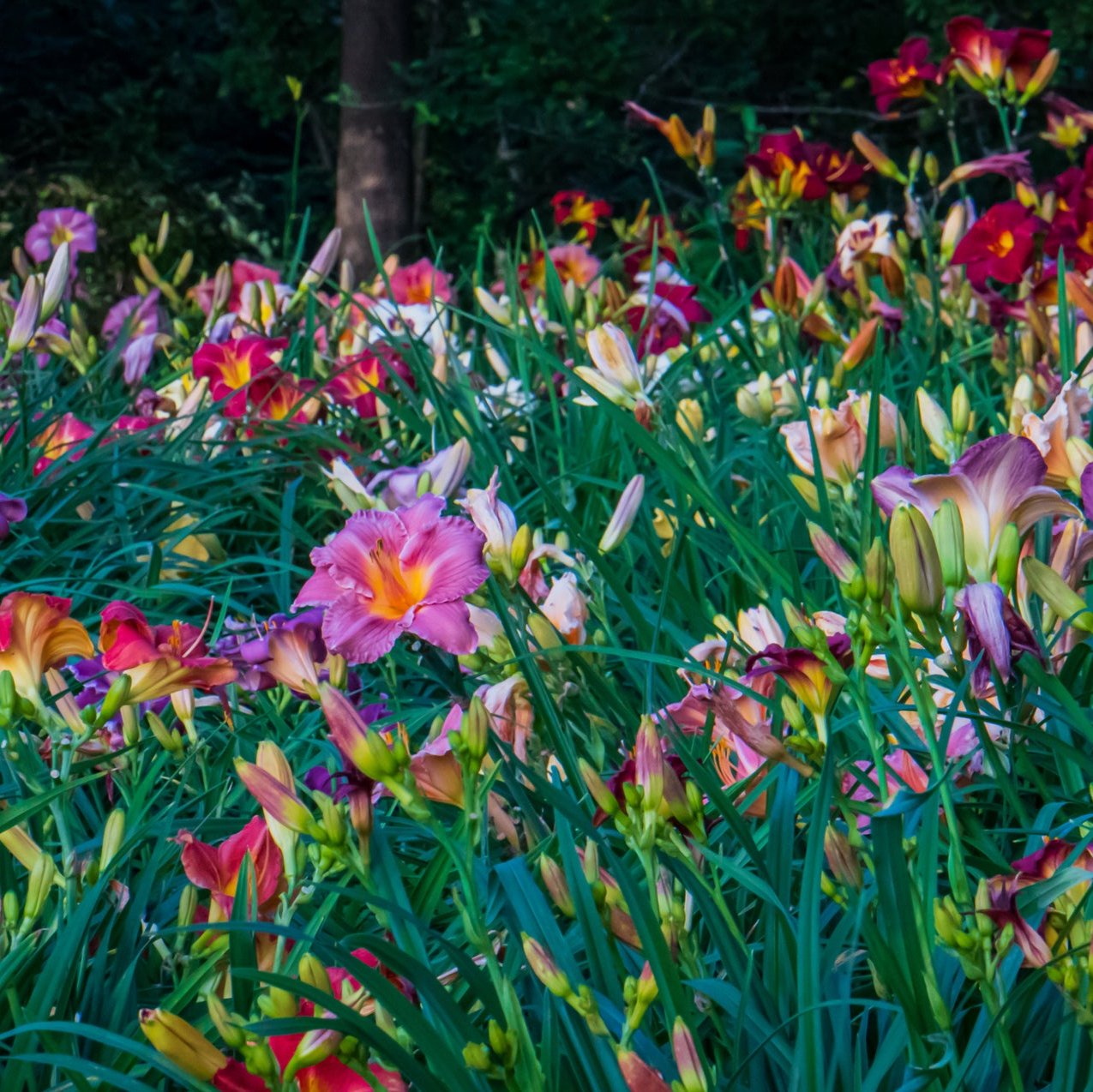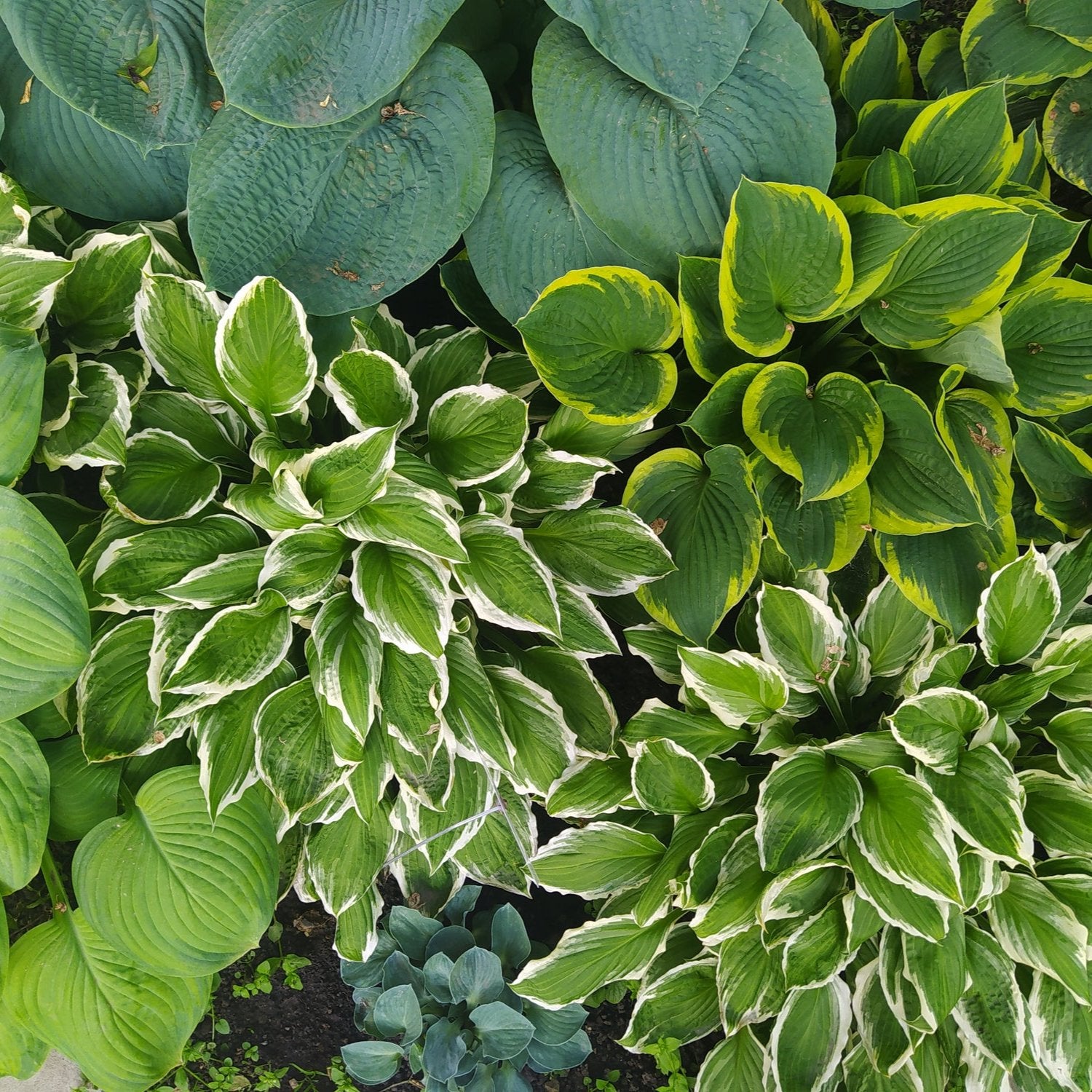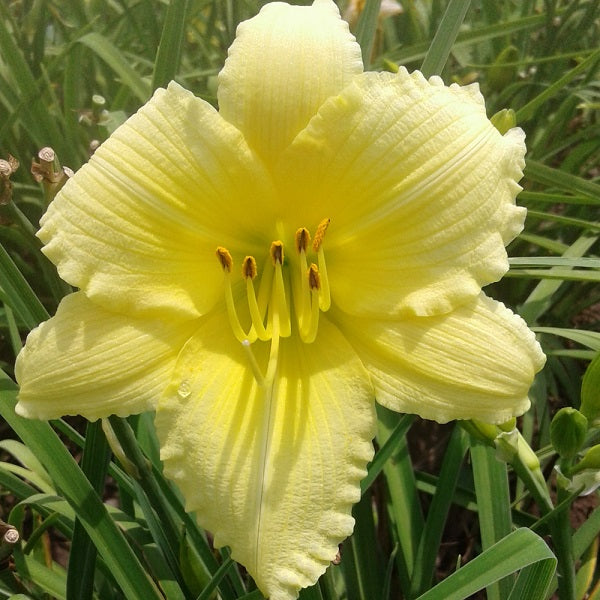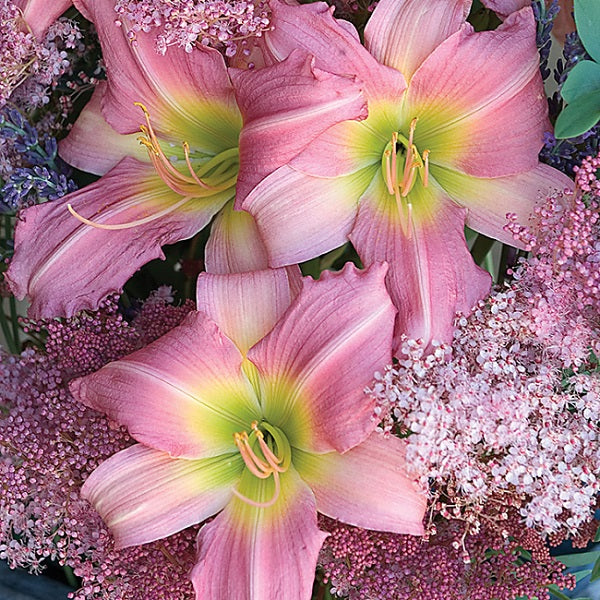May is a beautiful month for most of us no matter where we live. For the most part, we have skated past the last threats of frost and the April showers are helping to push the May flowers along.
At Moss Mountian Farm, May is a month of NO mowing or very little of it. By now the last of the narcissi have finished, you know that little creamy white one called ‘Twin Sisters’ because of the duel blooms on a single stem; sometimes called ‘Cemetery Ladies’ because you can almost always find them conversing among themselves in old cemeteries. Likely planted a century or more ago in remembrance of a departed loved one and still today they continue to herald in the month of May. It’s important to me for all the daffodil varieties we’ve planted (I’m embarrassed to say now pushing north of 900,000 bulbs) foliage to die back naturally and in its own time. It’s simply the best way to ensure these beauties return again next year. While the narcissi foliage fades the lawn and meadow grasses grow tall.
There are other important reasons for not mowing the grass in May and that’s for the insect and birdlife on the farm. The habitat and food sources not mowing provides an enormous benefit to creatures other than ourselves. If the grass can remain unshorn there is a little universe at work near the ground. Here, familiar plants like clover and dandelions can flourish between the grasses, serving up nectar to bees and other pollinators.
No Chemical Policy
Our no chemical policy helps, too, as the farm has always been organic. By not dumping herbicides and petro-chemical based fertilizer onto the lawns and meadows a verdant and diverse habitat can emerge. Everyone and everything benefits. After all, what’s wrong with a ‘patch work lawn’ full of diverse plants such as Quaker Ladies, Spring Beauties, Bluets, Henbit, and later in the season Blue-Eyed grass (Sissyrincham). Why do we deny ourselves the beauty and the other creatures the life-giving benefits of these plants?
Now let’s be clear we DO mow some areas. Places for our guests to walk and gather as well as a five (5) feet strip around the edges of the drive, buildings and fences are the only spaces that get groomed regularly during the month. But these areas constitute a very small portion of the overall farm that’s left ‘feral’ for May and early June. Once the grasses have set seed and I can see the birds removing the last bits of seed, only then do we return to our former ‘groomed’ state.
Maintaining mown paths through long grass possesses a creative component that I have come to really enjoy. Perhaps it’s that direct juxtaposition of ‘wildness’ to the maintained or the sense of childlike wonder one feels following a path with no visible end in sight? And there are those encounters with the creatures of the meadows, often up close and personal, that I enjoy. I’ve seen Walking Sticks (amazing insects), butterflies, moths, and birds of all kinds.









